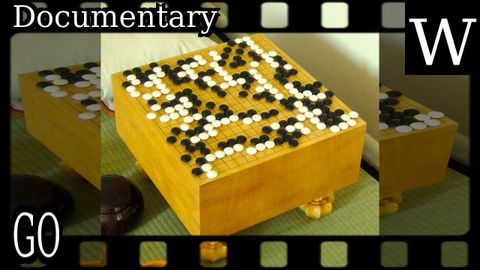GO (ゲーム) - WikiVidiドキュメンタリー (GO (game) - WikiVidi Documentary)
jigme.lee888 が 2021 年 01 月 14 日 に投稿  この条件に一致する単語はありません
この条件に一致する単語はありませんUS /məˈtɪriəl/
・
UK /məˈtɪəriəl/
- n. (c./u.)衣料;原材料;原料
- adj.関連な,重要な;世俗的な : 物質的な : 物質でできた
US /ˈstrætədʒi/
・
UK /'strætədʒɪ/
US /ˌsɪtʃuˈeʃən/
・
UK /ˌsɪtʃuˈeɪʃn/
- n. (c./u.)模範 : 見本;模様 : 柄;様式;規則性;型紙
- v.t.模倣する;模様をつける
エネルギーを使用
すべての単語を解除
発音・解説・フィルター機能を解除

